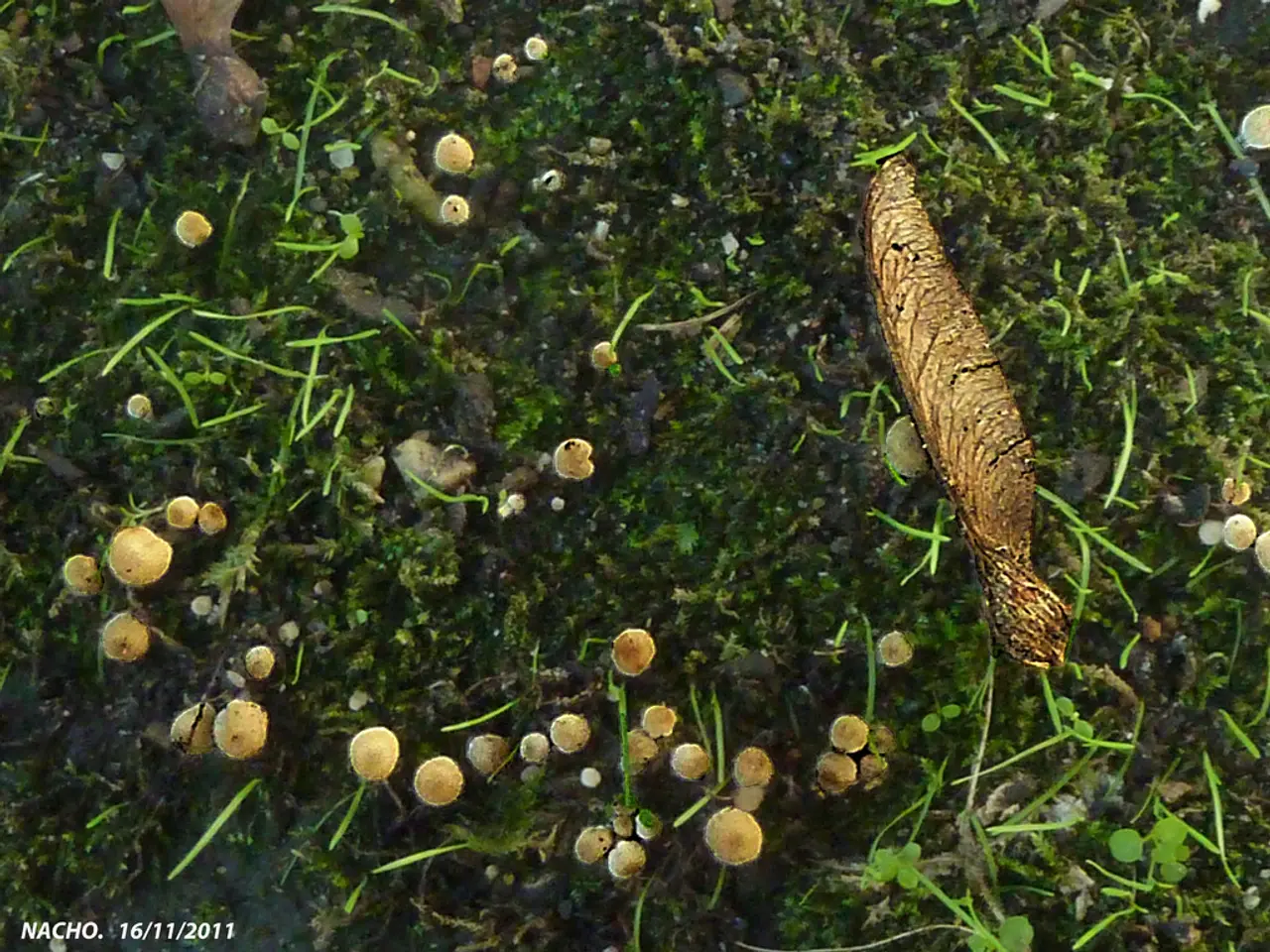Method for trimming rosemary plants to enhance their appearance and yield an abundance of fresh herbs
Pruning and Propagating Rosemary: A Guide for Healthy Growth
Rosemary, a versatile herb with culinary, medicinal, and ornamental uses, thrives with the right care. Here's a comprehensive guide on pruning and propagating rosemary for continuous growth and successful propagation.
When to Prune
The best time to prune rosemary is during the spring and summer, when the plant is actively growing. This is particularly beneficial for well-established plants that are at least 12 inches tall. Regular light harvesting throughout the year is also beneficial, with larger pruning sessions in spring/summer to avoid woody growth and promote fresh leaf production.
How Much to Prune
When pruning, it's important to remove small amounts regularly rather than heavy pruning at once to avoid damaging the plant. When harvesting or pruning, snip stems just above leaf nodes or healthy buds. Trimming about a third of the plant’s growth at a time is safe, focusing on new, soft growth rather than old woody stems.
Pruning Technique
Use clean, sharp pruners to cut flexible new growth stems. Remove any dead or damaged branches to improve overall plant health and air circulation. Avoid cutting too close to the base or leaving large bare patches.
Propagation by Cuttings
Propagating rosemary through cuttings is a simple process. Take 4-6 inch (10-15 cm) long cuttings from healthy, flexible new growth (not woody stems). Remove the lower leaves from the bottom 2 inches to expose the nodes for root development.
To propagate, you can either dip the cut end in rooting hormone (optional but helpful) or root in water by placing cuttings in a jar of water, changing water every few days until roots form. Alternatively, plant directly in well-draining potting soil, keeping the soil slightly moist and the cutting in bright, indirect light until new growth emerges. Use containers with drainage holes to prevent rot.
Following these steps will encourage continuous healthy growth through regular pruning, and allow you to propagate new rosemary plants efficiently from cuttings.
Zone Hardiness
Rosemary is hardy in USDA zones 7-9 and occasionally zone 6b.
Botanical Information
The botanical name of rosemary, Rosmarinus, means "dew of the sea". Rosemary, scientifically known as Rosmarinus officinalis, is a popular herb with a rich history and a wide range of uses.
Maintaining a healthy rosemary plant involves pruning and propagating, which the guide aims to explain. While pruning, it is advised to do so during spring and summer, and snip stems just above leaf nodes or buds, trimming about a third of the plant at a time to encourage fresh growth. For propagation, cutting 4-6 inch long stems and exposing the nodes for root development can help grow new rosemary plants via the simple process of propagation by cuttings.




